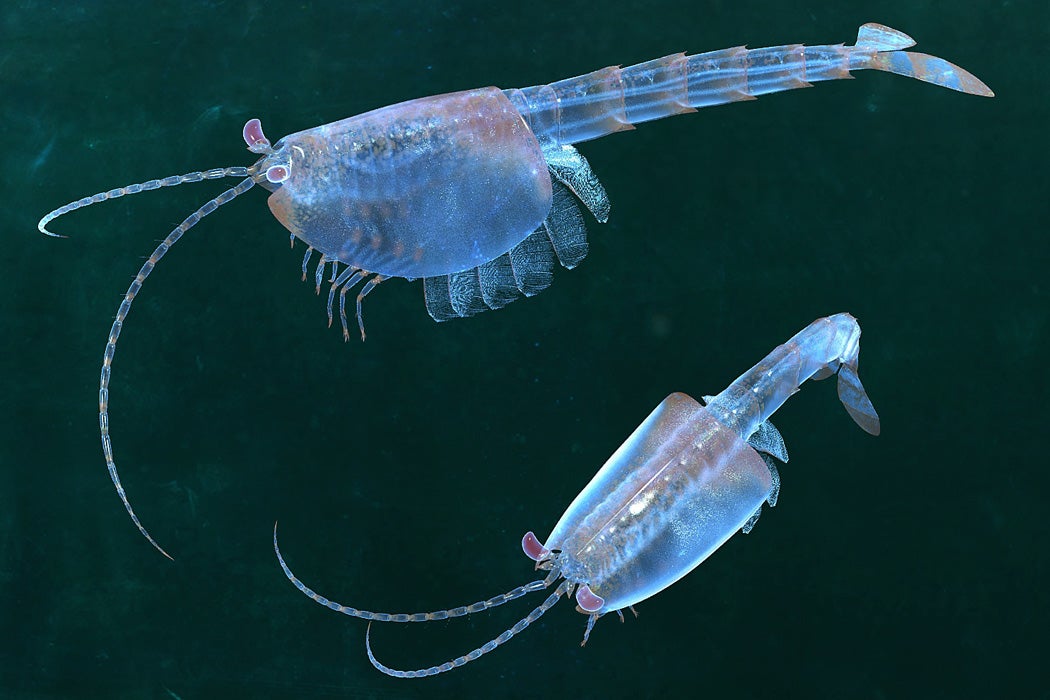During renewed expeditions of the Burgess Shale, a giant fossil-bearing rock deposit in the Canadian Rocky Mountains, scientists are unearthing new and mysterious fossils. Expedition leader Jean-Bernard Caron and his team of scientists have found, among other odd creatures, a mysterious flying saucer-shaped organism they’re calling “the mothership.” The Burgess Shale contains over 60,000 unique fossils, providing the best records of the middle Cambrian, a vital period in evolutionary history at the dawn of animal diversification about 500 million years ago. In other words, these are some of Earth’s first animals.
The first exploration of the area was conducted in 1909 by paleontologist Charles Doolittle Walcott, who decided to smash a rock that was blocking his way during some fieldwork. Finding fossils inside the quarry, Walcott returned for numerous expeditions, as have other scientists up through the present.
The area was once a deep reef, and what makes it so incredible is the high number of soft-bodied fossils found there. Generally only bones or hard exoskeletons readily fossilize; soft body parts degrade too quickly. The exceptional state of preservation indicates that whatever buried the organisms did so quickly and completely before decomposition or mechanical forces had a chance to damage them. Here, soft body parts are preserved as thin, reflective film. Some fossils of the same species were preserved in different positions, allowing researchers to see the same type of creature from different perspectives and understand its body shape.

The fossils themselves are so unusual that they are difficult to describe. Arthropods are the most common, many resembling variations on a shrimp. The most prevalent one is Marella, which looks sort of like a shrimp but with spikes, antennae, and other appendages sticking out every which way. Another arthropod called Leanchoilia superlata resembles a pill bug crossed with a crayfish crossed with a squid. There are sessile creatures, such as sponges, or crinoids, which look like a frayed wicker basket on a stalk. There are numerous types of bulbous worms called Priapulids, fearsome predatory segmented Polychaete worms, a primitive snail-like mollusk, algae, and many others. All told, the fossils suggest a thriving marine ecosystem.
According to S. Conway Morris in Science, the diversity and weirdness of the Burgess Shale organisms are evidence of the Cambrian radiation (or Cambrian explosion), a vast increase in the diversity of life that set the stage for almost all life on Earth. Many of the taxa survived on Earth for a very long time. Others, geologically speaking, were flashes in the pan.
Get Our Newsletter
Some Burgess Shale organisms are remnants from a little-understood earlier period called the Ediacaran, at the dawn of life on Earth. Most of these Ediacaran organisms went extinct. The few that didn’t diversified into many more species during the Cambrian. The Burgess Shale discoveries are not just a window into the early diversification of life, but they also help scientists understand the dynamics of mass extinctions and their aftermath. These new discoveries suggest that the Burgess Shale fossils are even weirder than anyone believed.







